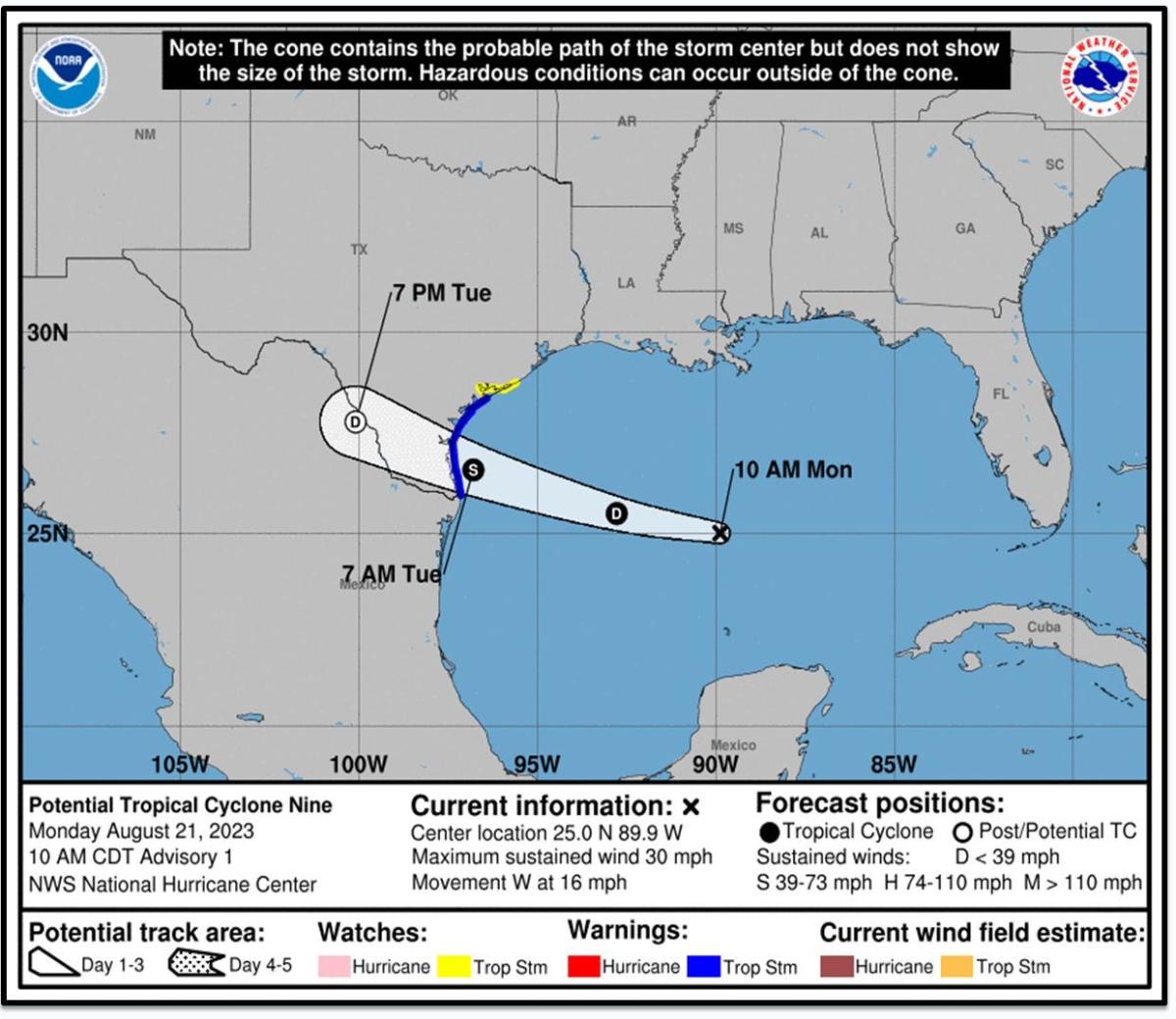Real-Time Tracking and Monitoring: Hurricane Tracker
The hurricane tracker is a sophisticated tool that provides real-time tracking and monitoring of hurricanes. It utilizes a network of satellites, radar systems, and weather stations to collect vast amounts of data on hurricane formation, movement, and intensity. This data is then processed and analyzed by advanced computer models to generate accurate and up-to-date information on the hurricane’s location, intensity, and predicted path.
Data Collection and Processing
The hurricane tracker collects data from various sources, including:
- Satellites: Satellites provide high-resolution images of hurricanes, allowing meteorologists to track their location and observe their structure.
- Radar systems: Radar systems measure the intensity and rainfall rates within hurricanes, providing valuable information for forecasting their impact.
- Weather stations: Weather stations located in hurricane-prone areas provide real-time measurements of wind speed, atmospheric pressure, and rainfall, which help in tracking the hurricane’s intensity and movement.
The collected data is processed and analyzed using advanced computer models that incorporate meteorological and physical principles. These models simulate the behavior of hurricanes, taking into account factors such as wind shear, sea surface temperatures, and atmospheric conditions. The output of these models is used to generate real-time updates on the hurricane’s location, intensity, and predicted path.
Tracking Parameters
The hurricane tracker displays various tracking parameters that provide comprehensive information about the hurricane’s characteristics and behavior:
- Location: The latitude and longitude coordinates of the hurricane’s center are displayed, indicating its position in real-time.
- Intensity: The hurricane’s intensity is measured using the Saffir-Simpson Hurricane Wind Scale, which categorizes hurricanes from Category 1 to Category 5 based on their maximum sustained wind speeds.
- Predicted path: The hurricane’s predicted path is displayed as a series of points on a map, indicating the likely direction and speed of its movement over time.
- Additional information: Other parameters such as the hurricane’s radius of tropical storm-force winds, radius of hurricane-force winds, and estimated rainfall rates may also be displayed.
The real-time tracking and monitoring capabilities of the hurricane tracker are essential for timely warnings and evacuation decisions. By providing accurate and up-to-date information on the hurricane’s location, intensity, and predicted path, the hurricane tracker helps communities prepare for and respond to these powerful storms effectively.
Historical Data and Analysis

Hurricane trackers play a crucial role in maintaining a comprehensive historical record of hurricane activity. This data serves as an invaluable resource for scientists, researchers, and policymakers to analyze patterns, trends, and changes in hurricane behavior over time.
Data Collection and Analysis, Hurricane tracker
Hurricane trackers collect a wide range of data on each hurricane, including its track, intensity, duration, and associated rainfall and storm surge. This data is meticulously recorded and stored in databases, creating a rich repository of historical information.
By analyzing this data, scientists can identify patterns in hurricane frequency, intensity, and tracks. They can also study the relationship between hurricanes and climate variables, such as sea surface temperatures and atmospheric pressure patterns. This analysis helps us understand how hurricanes behave and how they may change in the future.
Value of Historical Data
Historical data on hurricanes is essential for understanding hurricane risks and developing mitigation strategies. By analyzing past events, we can identify areas that are most vulnerable to hurricane impacts and develop measures to protect communities and infrastructure.
Historical data also helps us to predict future hurricane activity. By studying past trends, scientists can make informed estimates about the likelihood and severity of future hurricanes. This information is critical for disaster preparedness and response efforts.
Visualization and User Interface
![]()
The user interface of hurricane trackers is designed to facilitate effective visualization of hurricane data, enabling users to quickly and easily understand the storm’s path, intensity, and potential impact.
Maps are a key component of hurricane trackers, providing a visual representation of the storm’s location and movement. These maps often include layers of information, such as the storm’s track, intensity, and projected path. This allows users to see the storm’s current position, as well as its expected movement over time.
Graphs are another important visual aid used in hurricane trackers. These graphs can show the storm’s intensity over time, as well as other data such as wind speed, rainfall, and storm surge. This information can help users understand the storm’s strength and potential impact on affected areas.
In addition to maps and graphs, hurricane trackers often include other visual aids, such as satellite images and radar data. These aids can provide users with a more detailed view of the storm, helping them to better understand its structure and intensity.
User-friendly design is essential for hurricane trackers, as it allows users to quickly and easily access the information they need to make timely decisions. This design includes features such as intuitive navigation, clear and concise language, and easy-to-read visuals. By making the user interface as user-friendly as possible, hurricane trackers can help users to stay informed and prepared during hurricane events.
Amidst the tempestuous fury of hurricanes, the hurricane tracker stands as a beacon of hope, guiding us through the treacherous waters. Like the indomitable spirit of the Pittsburgh Steelers , who navigate the gridiron with unwavering determination, the hurricane tracker charts a path through the storm, keeping us informed and prepared.
The hurricane tracker relentlessly monitors the progress of storms, providing crucial updates. Amidst these weather reports, news about brandon aiyuk news caught our attention. The dynamic wide receiver continues to make headlines, and we’ll keep an eye on both the hurricane tracker and his latest developments.
